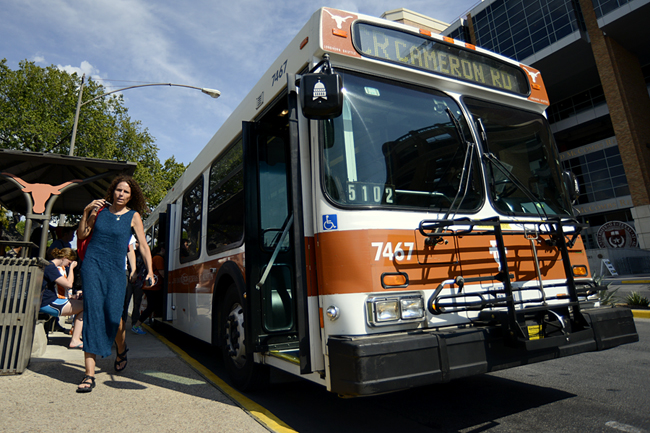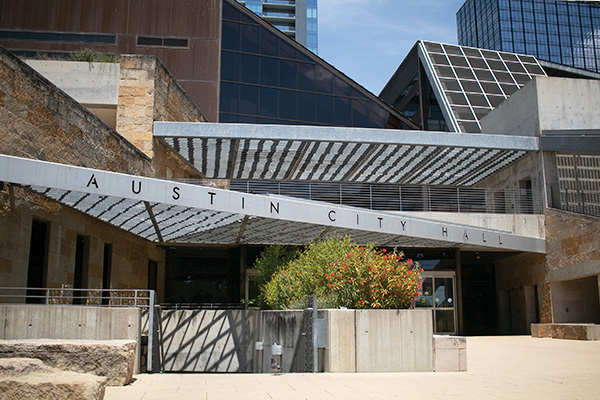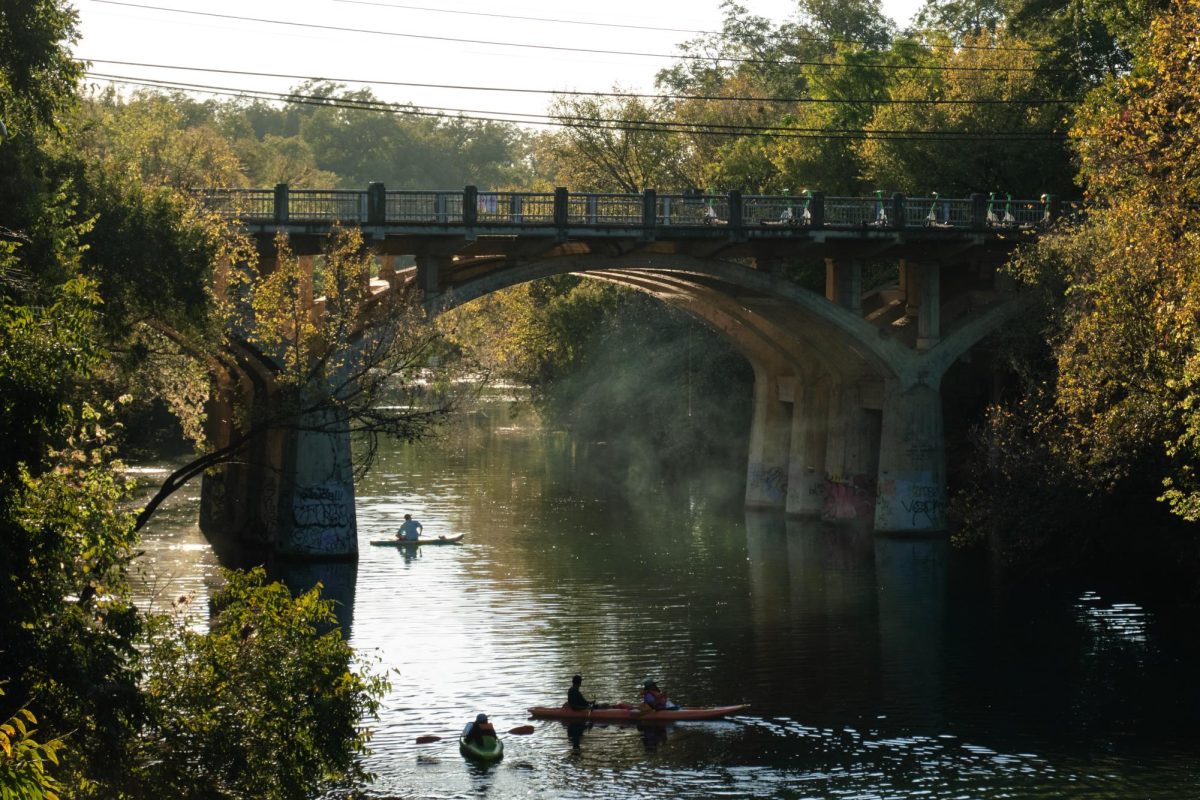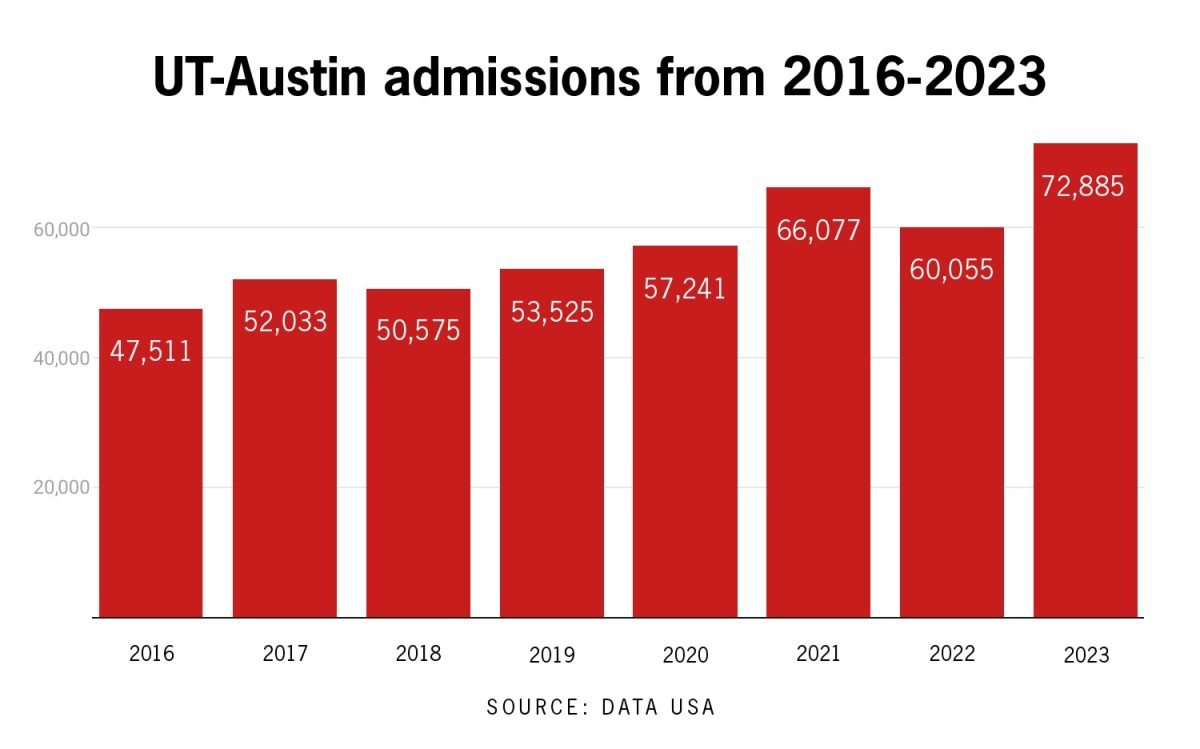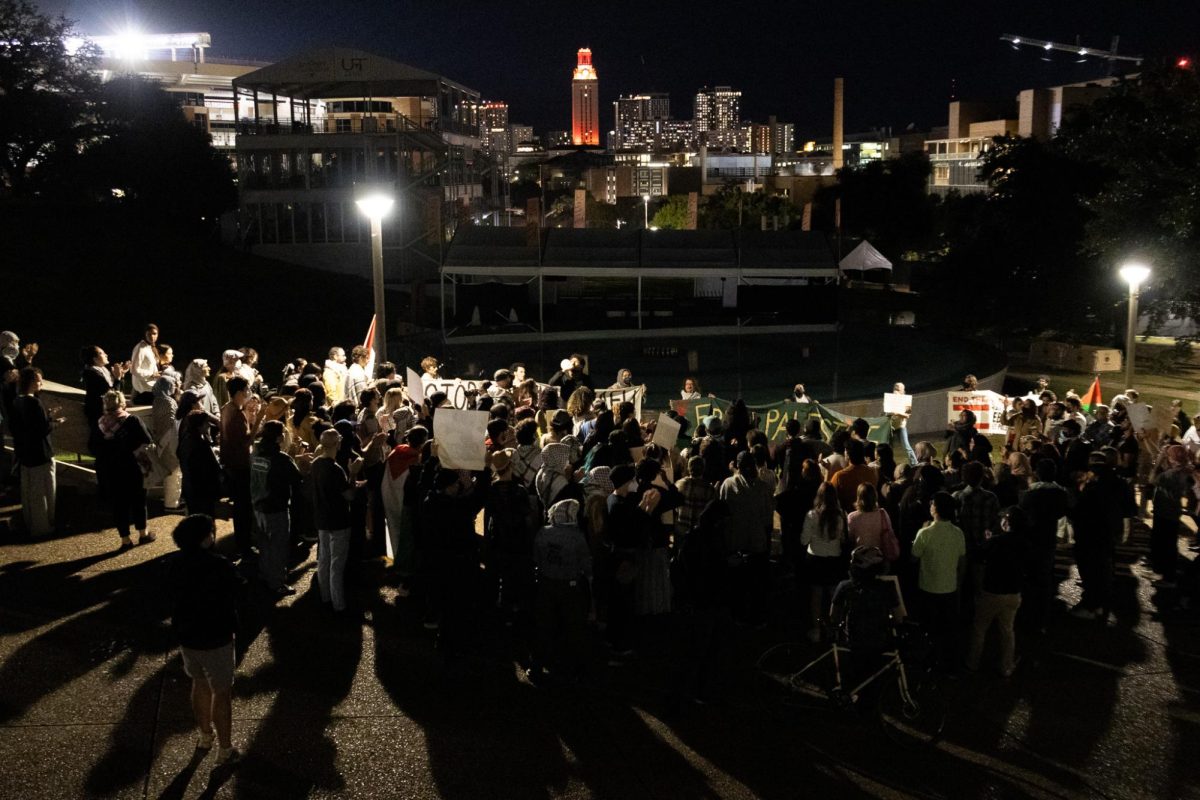At a public hearing Monday, Capital Metro explained its rationale for significantly reducing two shuttle routes and heard criticism from students affected by the suggested change.
CapMetro has proposed reducing the Cameron Road route’s scope to only serve the Camino la Costa area beginning in January. Students who live around the Cameron Road and Mueller areas would be directed to the 37 route. CapMetro has also proposed eliminating the Wickersham Lane shuttle route, and suggested students use either the 20 or the 100 route.
Blanca Juarez, the UT Parking and Transportation Services alternative transportation manager, defended the proposal, saying the transition to CapMetro's mainline service instead of the UT shuttle service would benefit students because it would offer longer operational hours as well as 365-day service.
Juarez said the shuttle system is funded by the Student Services Budget Committee, and because of flat funding, the UT shuttles had to cut 10 percent of the service to remain within budget.
“As long as funding remains flat to the [budget committee], then we will continue to face operational challenges,” Juarez said.
Juarez said the motivation behind the changes is students’ use of a service, rather than their presence in the area.
“The issue isn’t how many students may or may not live in the area but how many students utilize the shuttle,” Juarez said.
The number of people who ride the shuttle is recorded by automatic passenger counters, which are infrared beams at the front and rear doors of the buses that track the number of people who board and leave the bus, according to CapMetro.
The Cameron Road and Wickersham Lane routes serve 1 percent of the total shuttle riders while using 7 percent of the hours that the shuttle operates, Juarez said.
“Our role is to ensure that the shuttle operates in ways that serves the greatest number of students since they all pay equally into the system,” Juarez said.
UT is projected to pay CapMetro about $6.4 million. This contribution is 50 percent of the direct operating costs of CapMetro. The University pays CapMetro $5.5 million for shuttle service, CapMetro spokeswoman Melissa Ayala said.
Funding from the University to CapMetro is not the issue, Ayala said.
“It does not take more money to keep the route running — it takes more passengers,” Ayala said.
CapMetro said walking six blocks to the mainline bus route, which is what some students who don’t live in the Camino la Costa area will have to do beginning in the spring, is not considered a hardship for bus riders. Some students at the forum objected to this, and introduced an alternative proposal decreasing the frequency of the Forty Acres and West Campus bus routes instead of cutting the Cameron Road and Wickersham Lane routes.
CapMetro spokesperson Roberto Gonzalez said CapMetro already reduced the Forty Acres, West Campus, Intramural Fields and Red River bus route frequencies in August.
CapMetro will make an official decision at a Board of Director’s meeting on Sept. 23.

